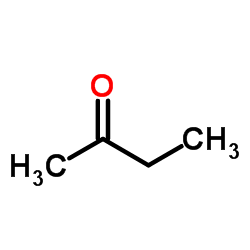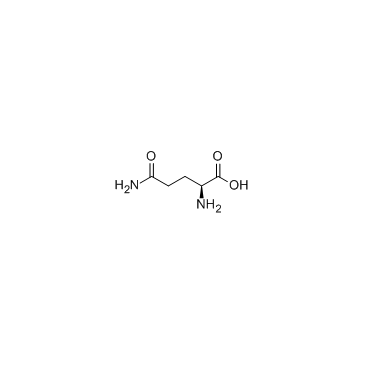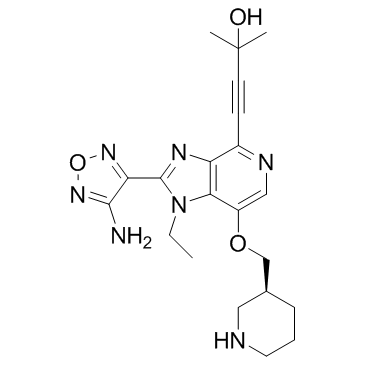| Structure | Name/CAS No. | Articles |
|---|---|---|
 |
2-Butanone
CAS:78-93-3 |
|
 |
L-Glutamine
CAS:56-85-9 |
|
 |
GSK690693
CAS:937174-76-0 |